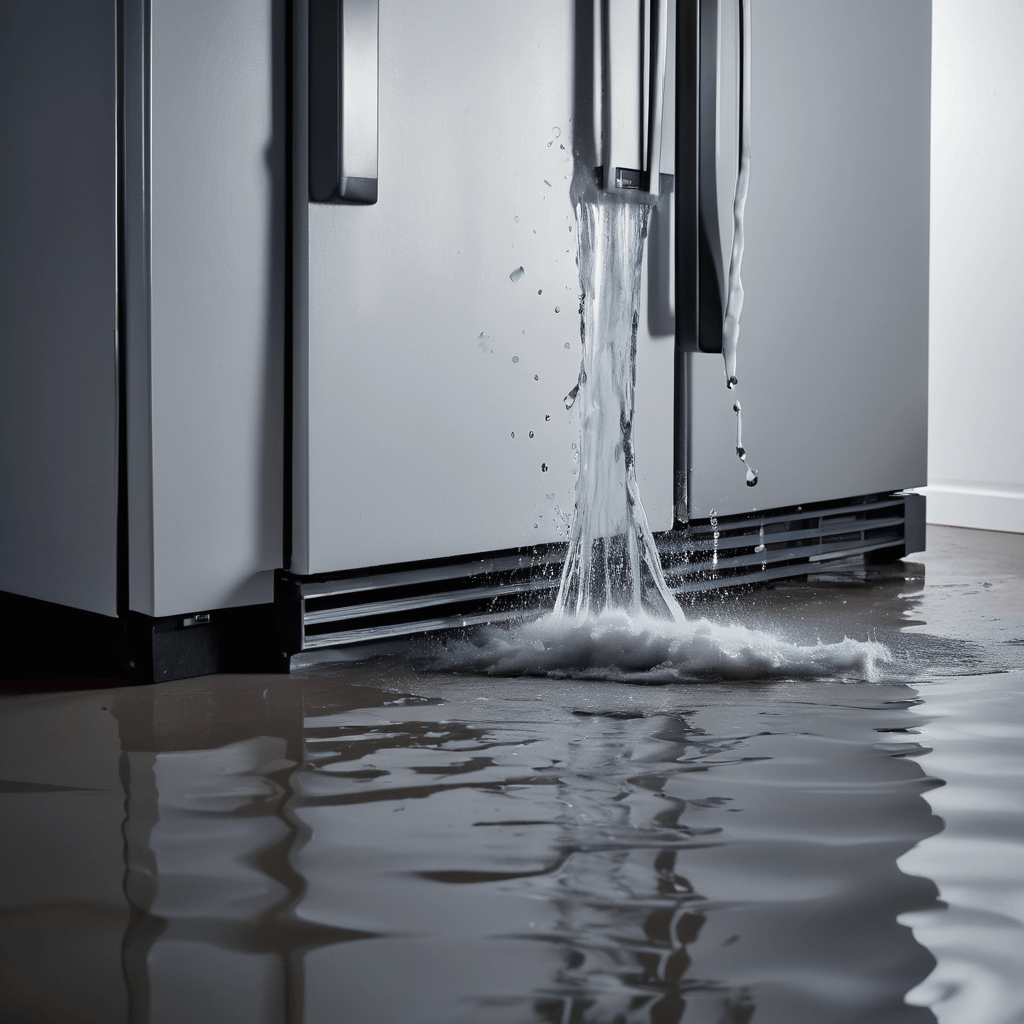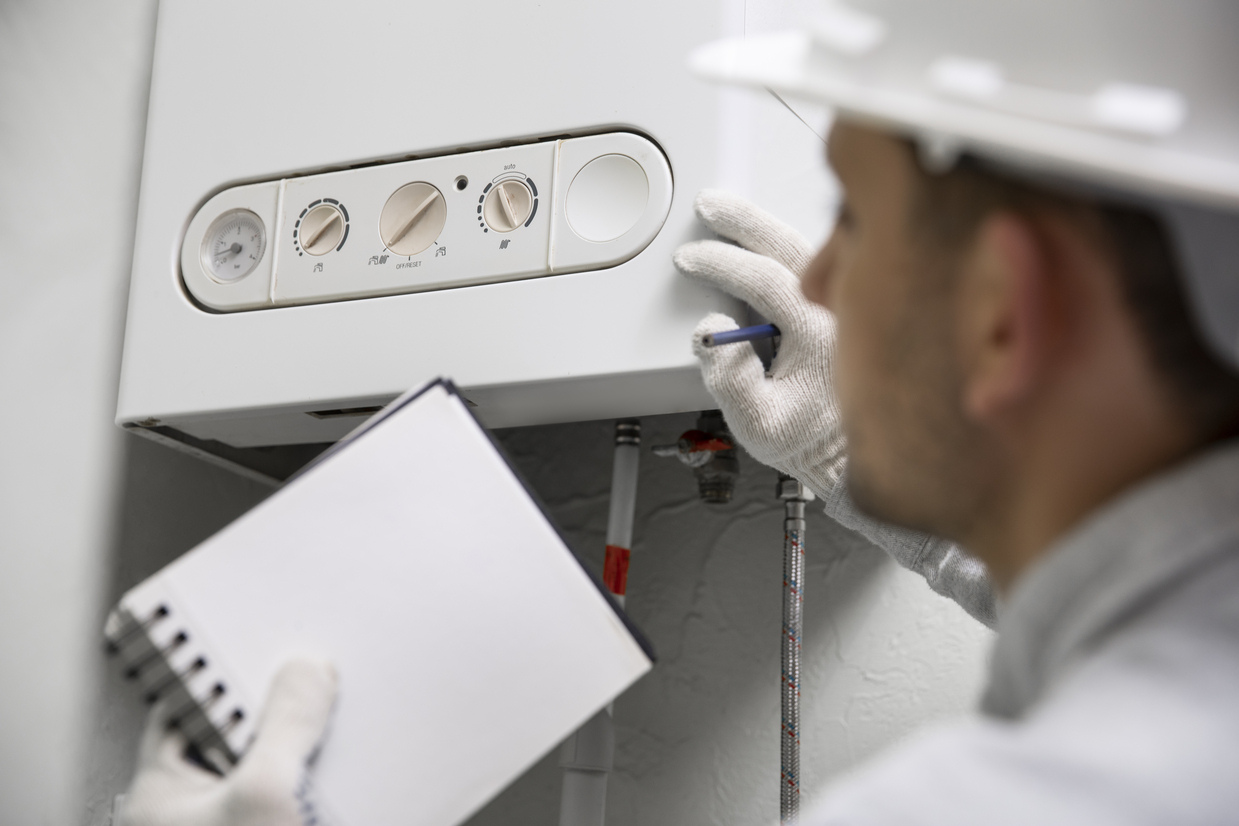Proven Tips And Tricks To Repair A Refrigerator That’s Too Cold
Refrigerators are one of the critical appliances in modern homes. They slow down bacterial activity and keep your food fresh for a longer duration. Usually, refrigerators are designed to work at 35℉ to 40℉. However, you may notice that your refrigerator is cooling too low, over time, and freezing your carefully stored food stuff.
It can be quite inconvenient and annoying to see food turn mushy when it’s not meant to withstand freezing. It is also a hassle to wait to thaw everything. Don’t worry! We have some ideas about what’s going on.
Read through to find out how to repair a refrigerator that’s too cold. But before that, we’ll tell you the common reasons for over-cooling refrigerators.
Thermistor Or Temperature Sensor
Some refrigerators have an electronic control board that monitors the temperature through a thermistor or temperature sensor. It is shaped as a capsule, enclosed in plastic with two wires attached. The thermistor is generally located near the air inlet.
The temperature sensor has a specific resistance that is based on temperature. The information gathered by the sensor will control the functions of the compressor, fans, and maybe even the air inlet damper.
If the temperature sensor is malfunctioning or damaged, it cannot send signals to the control board required to turn off the motors, and your refrigerator may start overcooling.
How To Test Your Refrigerator’s Thermistor Or Temperature Sensor Using A Multimeter?
Here, we will tell you how to check if your refrigerator thermistor is defective.
Step 1 – Since you will be inspecting electrical components, first disconnect your refrigerator from the power source to avoid any electrical shock.
Step 2 – To remove the temperature sensor or thermistor connected to the main control board, first remove the back panel of your refrigerator. Then, you will get access to the control board, and thereby, the temperature sensor.
Step 3- Place the thermistor in ice water for about 5 minutes to reduce the temperature to 32℉. Once the temperature reaches the desired level, connect the thermistor to the ends of the multimeter. Set the multimeter to Rx1. The temperature sensor will then show different readings.
Note that the sensor should read about 16,600 ohms (+/- 5%). If it reads outside this range, replace the thermistor.
Air Inlet Damper
A faulty air inlet damper can be a reason for an over-cooling refrigerator. It is a device responsible for balancing the airflow from the evaporator fan housing. It is also known as a baffle or diffuser. The air damper looks like louvered blinds and is located where the chilled air enters the fresh food-holding compartment of your refrigerator.
The air inlet damper controls the amount of cold air entering the food-holding compartment. If it is damaged or isn’t hooked up to the control knob properly, then too much cold air enters the food-holding compartment resulting in an overly low temperature.
The baffle is encased in a housing made of plastic with a Styrofoam lining. The housing may sometimes include a foam seal to prevent air leakage.
How To Test Your Refrigerator’s Baffle Or Air Inlet Damper?
A faulty air inlet damper can prevent your refrigerator from working at a normal temperature. You can repair a refrigerator that’s too cold by simply testing and fixing the damaged air damper.
Step 1 – Unplug your refrigerator from the power source to avoid any electric shock. The baffle is located where the chilled air enters the food-handling compartment.
Step 2 – Carefully inspect the air damper as no damage must be done to the Styrofoam and plastic housing. If your refrigerator includes a temperature sensing bulb attached to the control, ensure the bulb is not damaged and is in the right position.
Step 4 – Check if the control knob moves freely, and the linkage is intact. If the air inlet damper is stuck in the partially closed or fully closed position or does not move freely, replace it.
Main Control Board
The newest refrigerator models include an electronic control board. As the name suggests, it controls all operations of the refrigerators. Several sensors are attached to the control board that monitor the fresh food-holding and freezer compartment temperatures.
The control board uses those details to smoothly operate the fans, compressors, and the defrost system. If the control board is faulty, it could cause the fresh food-holding compartment to be too cold. A defective control board must usually be replaced, which can be quite expensive and complicated. Therefore, it is wiser to check if the control board is actually broken before replacing it.
How To Check If The Refrigerator’s Main Control Board Is Defective?
Step 1 – Since you will be inspecting electrical components, disconnect your device from the power source to avoid electrical shock.
Step 2 – The control board is usually located inside the control box, which is found inside the refrigerator, attached to the side or top of the appliance. Find and carefully remove the main control board.
Step 3 – Look for burnt connections, damaged foil, wear, arcing, or any other damage in the main control board.
If you find any of the above-listed problems, replace the main control board. If there is no sign of damage, then inspect other parts and components.
Other Reasons For An Over-cooling Refrigerator
- Check if the refrigerator doors are fully closed. If it isn’t, air from the external environment may leak into the food-handling compartment and raise the temperature, causing the coolants to kick into overdrive, and freezing your food.
- Check if the circulation fan is working correctly. A faulty fan causes the refrigerator to run longer and freeze your food .
Final Words
Now that you know how to repair a refrigerator that’s too cold, fold up your sleeves and get going. You can request services from a skilled technician if you are not comfortable fixing the parts and components of your appliance.
Despite frequent repairs, refrigerators can fail multiple times. To protect your appliance in the longer run, consider buying a home warranty plan. It can help save a lot of money on repairs of older appliances.





